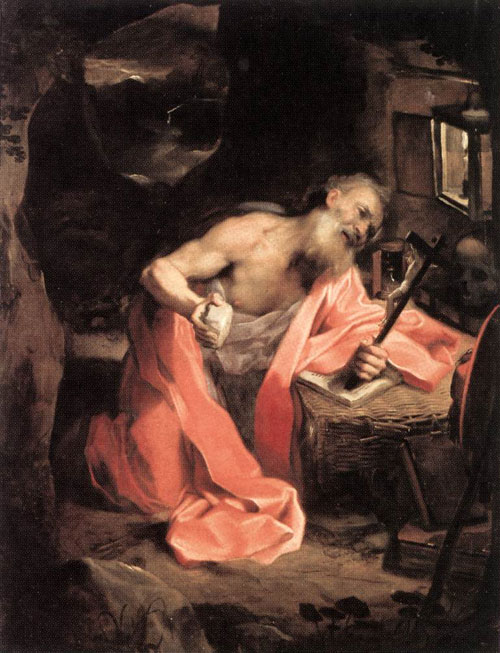Podcast: Play in new window | Download (Duration: 30:09 — 20.8MB) | Embed
Subscribe: Apple Podcasts | Spotify | Amazon Music | Android | Pandora | iHeartRadio | JioSaavn | Podchaser | Gaana | Podcast Index | Email | TuneIn | Deezer | Anghami | RSS | More
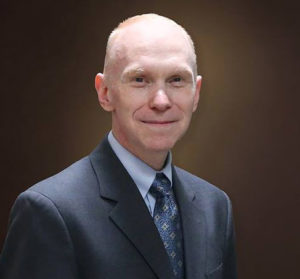 St. Cyril of Alexandria – The Doctors of the Church: The Charism of Wisdom with Dr. Matthew Bunson
St. Cyril of Alexandria – The Doctors of the Church: The Charism of Wisdom with Dr. Matthew Bunson
- Born: 378 AD, Alexandria, Egypt
- Died: June 27, 444 AD, Alexandria, Egypt
Dr. Matthew Bunson and Kris McGregor discuss St. Cyril of Alexandria, also known as the Doctor of the Incarnation. Cyril’s significant role in combating Christological heresies, particularly Nestorianism, which denied the unity of Christ’s divine and human natures. Cyril was named a Doctor of the Church by Pope Leo XIII in 1883, reflecting the church’s recognition of his importance in theological clarity, especially regarding the role of Mary as Theotokos, or God-bearer. St. Cyril’s life and work are explored in detail, highlighting his early education, the influence of his uncle Theophilus, and his fiery personality, which led to various controversies in Alexandria. The city itself was a cosmopolitan hub, rich in culture and conflict, where he had to navigate political and religious tensions.
A significant milestone in his life was the Council of Ephesus in 431, where he defended the title of Theotokos for Mary, countering Nestorianism. This council affirmed that Mary was indeed the mother of God, and also the unity of Christ’s divinity and humanity.
St. Cyril’s efforts to restore unity within the church and his contributions to theological writings, include commentaries on the Bible and defenses of the Trinity. The late Pope Emeritus Benedict XVI praised him as a staunch witness of Jesus Christ and highlighted his role in establishing Christ’s unity as both divine and human.
Discerning Hearts Reflection Questions
- How did St. Cyril of Alexandria’s defense against Nestorianism shape the Church’s understanding of Christ’s divine and human natures?
- Why is the title “Theotokos” (God-bearer) for Mary so crucial to the Church’s Christological teachings?
- What were the key outcomes of the Council of Ephesus in 431, and how did they strengthen the Church’s doctrine on the Incarnation?
- How did St. Cyril’s leadership and actions in the cosmopolitan city of Alexandria demonstrate the challenges and responsibilities of a Church leader?
- What can we learn from St. Cyril’s fiery personality and his eventual softening about the path to sainthood and effective leadership?
- In what ways did St. Cyril work towards restoring unity within the Church, and why is this an essential aspect of his legacy?
- How did St. Cyril’s early education and the influence of his uncle Theophilus prepare him for his role as a defender of the faith?
- How does St. Cyril’s unwavering commitment to defending the truth serve as a model for contemporary Christians facing challenges to their faith?
- Which of St. Cyril’s theological writings stand out, and what impact have they had on the development of Christian doctrine?
- What insights does Pope Emeritus Benedict XVI’s reflection on St. Cyril provide about the eternal and historical presence of Jesus Christ in our lives?
From Vatican.va, an excerpt from the teachings of Pope Benedict XVI General Audience 2007
“Cyril’s writings – truly numerous and already widely disseminated in various Latin and Eastern translations in his own lifetime, attested to by their instant success – are of the utmost importance for the history of Christianity. His commentaries on many of the New and Old Testament Books are important, including those on the entire Pentateuch, Isaiah, the Psalms and the Gospels of John and Luke. Also important are his many doctrinal works, in which the defence of the Trinitarian faith against the Arian and Nestorian theses recurs. The basis of Cyril’s teaching is the ecclesiastical tradition and in particular, as I mentioned, the writings of Athanasius, his great Predecessor in the See of Alexandria. Among Cyril’s other writings, the books Against Julian deserve mention. They were the last great response to the anti-Christian controversies, probably dictated by the Bishop of Alexandria in the last years of his life to respond to the work Against the Galileans, composed many years earlier in 363 by the Emperor known as the “Apostate” for having abandoned the Christianity in which he was raised.
The Christian faith is first and foremost the encounter with Jesus, “a Person, which gives life a new horizon” (Deus Caritas Est, n. 1). St Cyril of Alexandria was an unflagging, staunch witness of Jesus Christ, the Incarnate Word of God, emphasizing above all his unity, as he repeats in 433 in his first letter (PG 77, 228-237) to Bishop Succensus: “Only one is the Son, only one the Lord Jesus Christ, both before the Incarnation and after the Incarnation. Indeed, the Logos born of God the Father was not one Son and the one born of the Blessed Virgin another; but we believe that the very One who was born before the ages was also born according to the flesh and of a woman”. Over and above its doctrinal meaning, this assertion shows that faith in Jesus the Logos born of the Father is firmly rooted in history because, as St Cyril affirms, this same Jesus came in time with his birth from Mary, the Theotò-kos, and in accordance with his promise will always be with us. And this is important: God is eternal, he is born of a woman, and he stays with us every day. In this trust we live, in this trust we find the way for our life.”
For more visit Vatican.va.
For more on St. Cyril of Alexandria and his teachings:
- Clement of Alexandria
- Who is the Rich Man That Shall Be Saved?
- Exhortation to the Heathen
- The Instructor
- The Stromata, or Miscellanies
- Fragments
For more from Dr. Matthew Bunson, check out his Discerning Hearts page.
Dr. Matthew E. Bunson is a Register senior editor and a senior contributor to EWTN News. For the past 20 years, he has been active in the area of Catholic social communications and education, including writing, editing, and teaching on a variety of topics related to Church history, the papacy, the saints and Catholic culture. He is faculty chair at Catholic Distance University, a senior fellow of the St. Paul Center for Biblical Theology, and the author or co-author of over 50 books including The Encyclopedia of Catholic History, The Pope Encyclopedia, We Have a Pope! Benedict XVI, The Saints Encyclopedia and best-selling biographies of St. Damien of Molokai and St. Kateri Tekakwitha.

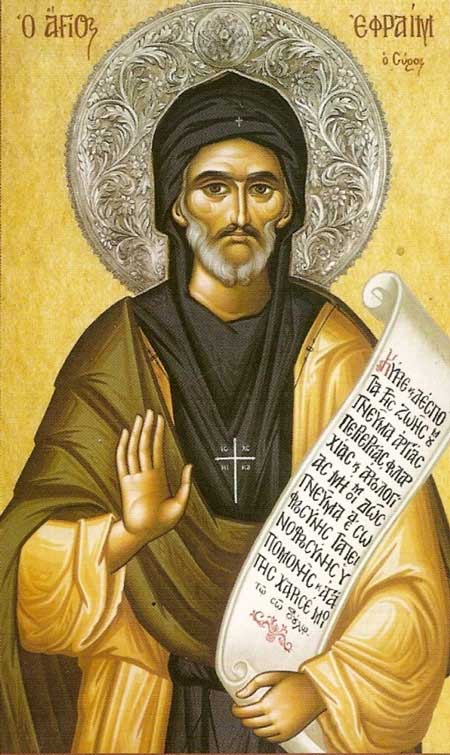
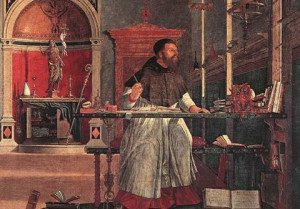
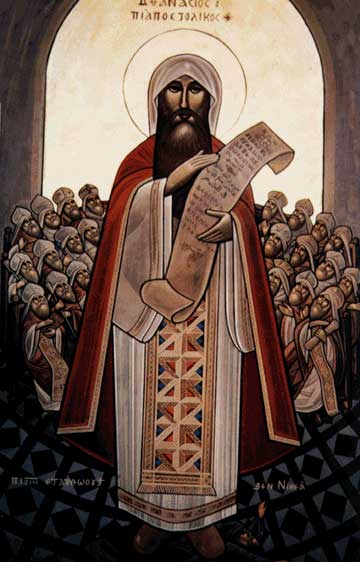
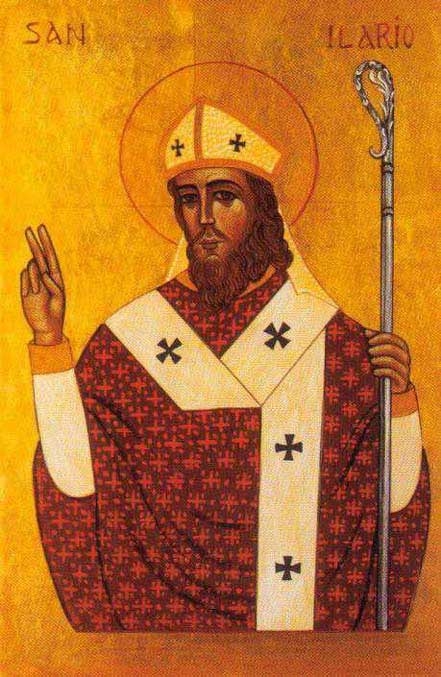
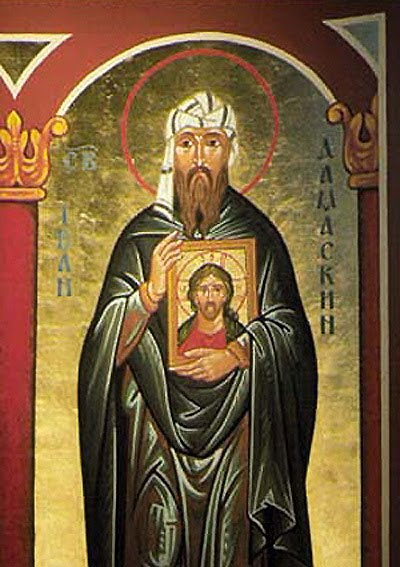
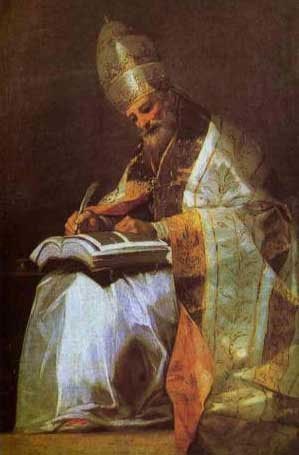 “Aware of the historical period in which he lived and of the change that was taking place – from pagan Rome to Christian Rome – in a period of profound crisis, Leo the Great knew how to make himself close to the people and the faithful with his pastoral action and his preaching. He enlivened charity in a Rome tried by famines, an influx of refugees, injustice and poverty. He opposed pagan superstitions and the actions of Manichaean groups. He associated the liturgy with the daily life of Christians: for example, by combining the practice of fasting with charity and almsgiving above all on the occasion of the Quattro tempora, which in the course of the year marked the change of seasons. In particular, Leo the Great taught his faithful – and his words still apply for us today – that the Christian liturgy is not the memory of past events, but the actualization of invisible realities which act in the lives of each one of us. This is what he stressed in a sermon (cf. 64, 1-2) on Easter, to be celebrated in every season of the year “not so much as something of the past as rather an event of the present”. All this fits into a precise project, the Holy Pontiff insisted: just as, in fact, the Creator enlivened with the breath of rational life man formed from the dust of the ground, after the original sin he sent his Son into the world to restore to man his lost dignity and to destroy the dominion of the devil through the new life of grace.
“Aware of the historical period in which he lived and of the change that was taking place – from pagan Rome to Christian Rome – in a period of profound crisis, Leo the Great knew how to make himself close to the people and the faithful with his pastoral action and his preaching. He enlivened charity in a Rome tried by famines, an influx of refugees, injustice and poverty. He opposed pagan superstitions and the actions of Manichaean groups. He associated the liturgy with the daily life of Christians: for example, by combining the practice of fasting with charity and almsgiving above all on the occasion of the Quattro tempora, which in the course of the year marked the change of seasons. In particular, Leo the Great taught his faithful – and his words still apply for us today – that the Christian liturgy is not the memory of past events, but the actualization of invisible realities which act in the lives of each one of us. This is what he stressed in a sermon (cf. 64, 1-2) on Easter, to be celebrated in every season of the year “not so much as something of the past as rather an event of the present”. All this fits into a precise project, the Holy Pontiff insisted: just as, in fact, the Creator enlivened with the breath of rational life man formed from the dust of the ground, after the original sin he sent his Son into the world to restore to man his lost dignity and to destroy the dominion of the devil through the new life of grace.